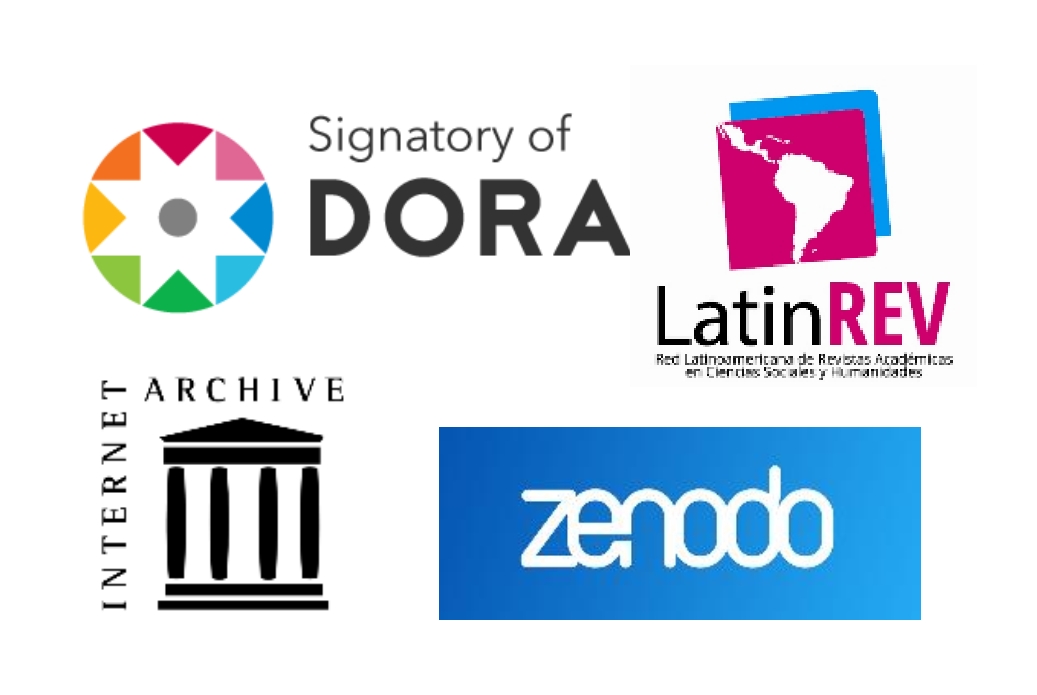Social impact assessment of the natural resource fauna of wetland Coroncoro
Keywords:
Valoración social, Fauna del Coroncoro, Humedal el CoroncoroAbstract
Forest cover, features that have been exploited by humans in processes like (Livestock farming, agriculture and urbanization) those processes finally affected this natural wealth and in a long term can affect people’s quality of life. Necessitating the identification and quantification of the social value of natural resource fauna, from a method of valuation about tangible and intangible, it means those benefits that are measured using methodologies focused on the market for natural resources (marketable assets) and through custom Likert surveys, that allowed measuring the value of "non-marketable" associated with scenic, cultural, recreational and historical among others of that ecosystem service, thus allowing to assess the perception of enjoyment of peace, the rides, exotic beauty, natural beauty and harmonious sounds Wetland. A survey to everyone who came to visit the wetland for a month was applied, giving a sample of 80 people and its application permitted recognize qualifications and feelings from the fauna of Wetland Coroncoro generated in the community surrounding the wetland, which could be analyzed to this Social community that this this wetland has value.
Downloads
References
Aiello, S.E. (Ed.) (3444). El Manual Merck de Veterinaria. Barcelona: Oceano.
Barnosky A, Matzke N, Tomiya S, Wogan G, Swartz B et al. (2011). Has the earth´s sixth mass extinction already arrived? Nature.; 471:51-7.
Berovides, V.; Alfonso, M.A. 1995. Biología evolutiva. Editorial pueblo y educación. Cuba.
Cairo, S. Zalba, S. Nebbia, A (2010). Representaciones sociales acerca de los anfibios en pastizales de argentina. Su importancia para la conservación. Interciencia Vol 10.
Collins JP, Crump ML (2009) Extinction in Our Times: Global Amphibian Decline. Oxford University Press. Nueva York, EEUU. 304 pp.
Fa J, Just J, Burn R, Broad G. (2002). Bushmeat consumption and preferences of two ethnic groups in Bioko Island, West Africa. Human Ecology.; 30(3):397-416.
Instituto de Investigaciones Alexander Von Humboldt. 2004 Programa de Uso y Valoración de la Biodiversidad, Metodología de Análisis Económico para Biodiversidad y Sistemas de Producción. Bogotá. En: http://www.araneus.humboldt.org.co/usoyval/index.html
Losares y López (1991). El análisis de componentes principales: aplicación al análisis de datos secundarios. Revista Papers: revista de Sociología Departamento de Sociología. Universidad Autónoma de Barcelona.
Manfredo M, Teel T, Bright A.( 2003) Why Are Public Values Toward Wildlife Changing? Human Dimensions of Wildlife.; 8(4):287-306.
Rojas, N. (2014). Humedal Coroncoro, Villavicencio Meta. Documento en línea: https://humedalescolombia.wordpress.com/2014/01/23/humedal-coroncoro-villavicencio-meta/ . consultado 20/04/2015
Rueda, A. (2006). Plan de acción para la conservación de los anfibios amenazados del departamento de la guajira, Colombia. (Pacaagua). Consultado el 28-03-2105. Disponible en línea: http://www.amphibianark.org/pdf/Plan-de-Accion-PACAAGUA.pdf
Sampedro, M y Cabeza, K. (2010). Importancia de la conducta animal para el manejo productivo de la fauna silvestre y doméstica. Rev. Colombiana Cien.Animal
Stuart SN, Chanson JS, Cox NA, Young BE, Rodríguez ASL, Fischman DL, Waller RW (2004) Status and trends of amphibian declines and extinctions worldwide. Science 306: 1783-1786.
Susan, G. Galindo, F. Ceballos, G. (2000). La importancia del estudio de enfermedades en la conservación de fauna silvestre. Instituto de Ecología, Universidad Autónoma de Mexico.
Ulloa G. JA. (2012) ¿Por qué debemos conservar la fauna silvestre? Revista Spei Domus. Universidad Nacional de Colombia.
Van, R. Van, R. Goff, ML. Lair, M. (2000). The epizootiology and ecological significance of malaria in Hawaiian land birds. Ecolo Monogr.
Young BE, Stuart SN, Chanson JS, Cox NA, Boucher TM (2004) Joyas que Están Desapareciendo: el Estado de los Anfibios en el Nuevo Mundo. NatureServe. Arlington, VI, EEUU. 53 pp.
Published
How to Cite
Issue
Section
License
Copyright (c) 2017 Jorge Obando Bastidas, Aldemar Franco, Rosa Torres Pérez

This work is licensed under a Creative Commons Attribution-NonCommercial-NoDerivatives 4.0 International License.





